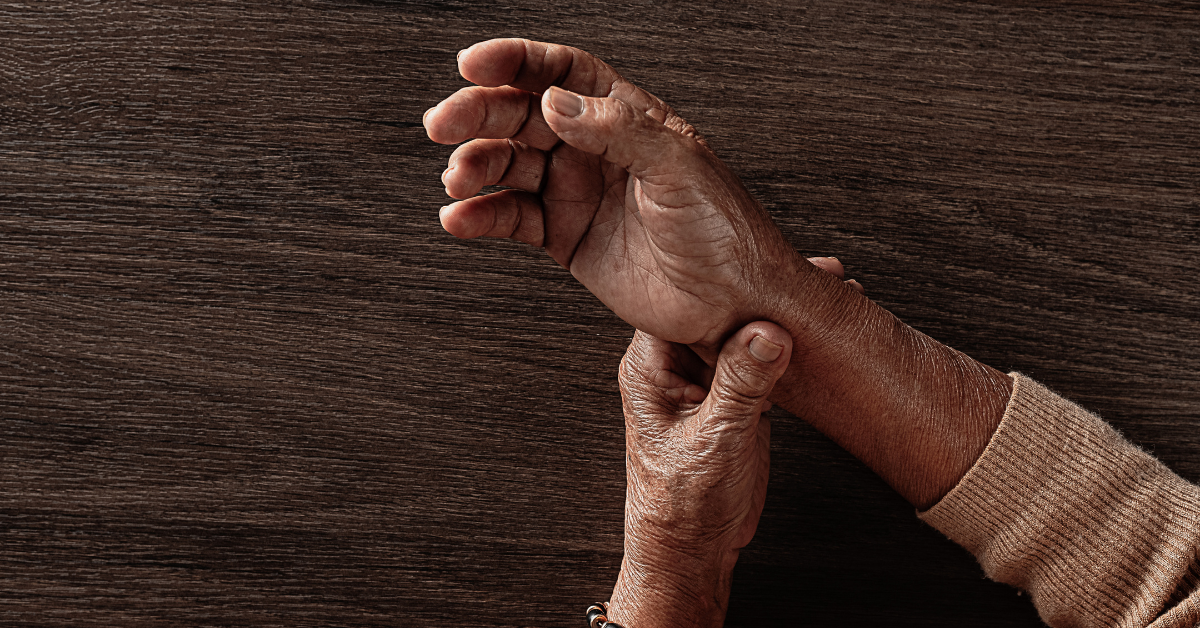
Exercise is as good as NSAIDs in relieving pain from Osteoarthritis!
![]() By Dr. John R. Mishock, PT, DPT, DC
By Dr. John R. Mishock, PT, DPT, DC
Osteoarthritis (OA) is the most common form of joint disease and the leading cause of pain in older people. OA often begins by age 40 and can worsen as we age with twenty-four percent (24.6%) of all adults, or 58.5 million people, having arthritis. (Katz, JAMA 2021) For those 65 years or older, half (50.4%) reported being diagnosed with arthritis. It is a leading cause of work disability, with annual costs for medical care and lost earnings of $303.5 billion. (CDC, Arthritis 2022)
What is cartilage, and how does it relate to arthritis?
When two bones come together, they form a joint. Cartilage is the lining of the ends of the bone meant to protect the bone and enhance almost frictionless movement. Arthritis affects the cartilage in the joint. Examples of cartilage are the knees, the meniscus, and the spine, the disc.
What causes OA?
The leading cause of OA is mechanical “wear and tear,” which a previous injury enhances. Also, being overweight can increase the mechanical load on the joint cartilage, increasing joint cartilage destruction. Recently, science has shown that obesity causes a low-grade inflammatory state, leading to the degradation of the cartilage and OA.
What are the symptoms of OA?
1. Discomfort and stiffness upon waking or sitting for a prolonged period.
2. Pain increases during activity and calms when you rest.
3. Loss of flexibility and reduced range of motion.
4. Swelling stiffness and warmth in the joint.
5. A feeling of weakness resulting in “locking” or “buckling.”
6. Sudden sharp pains on weight-bearing.
7. Worse in the morning and improves after the first 30 minutes of waking.
What is the most common treatment for OA?
The most common medical treatment for OA is using non-steroidal anti-inflammatory drugs (NSAIDs), such as ibuprofen, for pain. Upward of 35-45% of the population reported use of NSAID’s. (Zeng, Rheumatology 2021). However, NSAIDs have side effects such as gastrointestinal or cardiovascular complications and reduced healing time of muscles, tendons, and ligaments. (Malfait, Nat Rev Rheumatol 2013)
Can exercise help relieve pain?
American College of Rheumatology, American Academy of Orthopaedic Surgeons, and the Centers for Disease Control strongly recommend exercise as a core therapy for the management of osteoarthritis. There have been 152 randomized controlled trials with 17,431 participants (knee or hip osteoarthritis) demonstrating that exercise has a similar effect to NASAID’s in relieving pain from osteoarthritis (OA.) Beyond pain relief, exercise improves strength, balance, and motor control allowing the individual to improve function and quality of life. Despite this scientific evidence, exercise is not the first choice for musculoskeletal pain. Exercise is not recommended due to a lack of knowledge and belief that exercise will cause more pain due to overloading the joint.
Is exercise therapy safe for the joints?
There is a belief that exercise therapy harms the articular cartilage of weight-bearing joints; however, scientific evidence does not support this. In 12 randomized controlled trials of individuals with OA of the hips and knees performing aerobic or strength-based exercise therapy, or a combination of both, 2–5 times a week for 4–24 weeks did not trigger inflammatory reactions (e.g., C-reactive protein and IL-6) (Bricca et al. Arthritis Care Res. 2019) Beyond this there was no cartilage change or swelling found (Van Ginck et al. Semin Arthritis Rheum. 2019)
Studies using MRI and molecular blood biomarkers of inflammation have shown no harmful effect on the joints when using therapeutic exercise 1-5 times per week for 12-48 weeks. (Bricca et al. Br J Sports Med. 2019)
Why should I see a physical therapist to prescribe my exercise program for my OA?
Physical therapists are doctorate-trained healthcare providers who are experts in movement and exercise. They can diagnose, and treat pain, improve function, and enhance the individual’s quality of life. The physical therapist would perform a comprehensive history and physical exam. This evaluation would determine the cause of pain and the functional deficits leading to poor quality of life at home, work, or recreation. The physical therapist would prescribe therapeutic exercise, manual therapy, and education on ergonomics and body mechanics, which can reduce the load of the painful joints.
What is the difference between therapeutic exercise and gym-based exercise?
Therapeutic exercise is not exercising like “going to the gym.” Therapeutic exercise is a specific functional movement based on the deficits found during the physical therapy examination. Certain types of exercise (isometric and eccentric) have been shown to reduce pain. Other types of exercise are used to improve strength, endurance, power, motor control, balance, and flexibility. All exercises are scientifically validated and performed in a controlled, graduated pain- free fashion based on the patient’s needs.
Does exercise increase my risk of needing a joint replacement of the knee or hip?
A large study examining exercise and the risk of joint replacement over five years showed no increased risk of needing a joint replacement. There was also a protective effect, reducing the risk of joint replacement by 37% when the activity increased to moderate intensity exercise (walking, resistance exercise). (Master et al. Arch Phys Med Rehabil. 2021)
If arthritis pain or limited function limits you from doing the activities you enjoy, call Mishock Physical Therapy for a Free Phone Consultation (610)327-2600. Email your questions to mishockpt@comcast.net. Visit our website to learn more about our treatment philosophy, our physical therapy staff, and our 7 convenient locations in Gilbertsville, Skippack, Phoenixville, Boyertown, Limerick, Pottstown, and Steiner Medical at www.mishockpt.com.
Dr. Mishock is one of only a few clinicians with doctorate-level degrees in both physical therapy and chiropractic in the state of Pennsylvania. He has authored two books; “Fundamental Training Principles: Essential Knowledge for Building the Elite Athlete”, “The Rubber Arm; Using Science to Increase Pitch Control, Improve Velocity, and Prevent Elbow and Shoulder Injury,” both can be bought on Amazon and Train2playsports.com.
